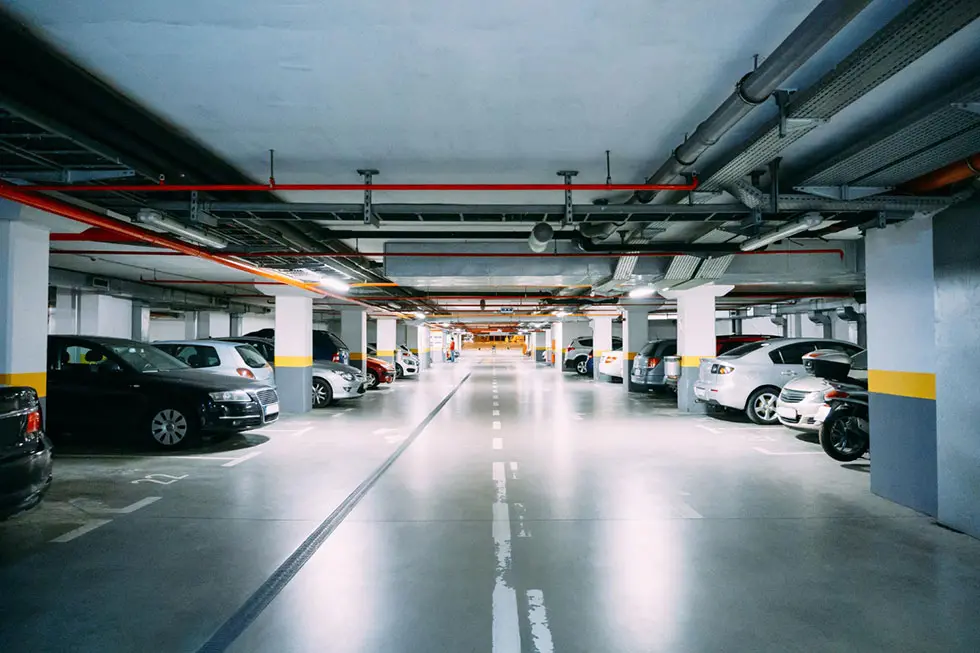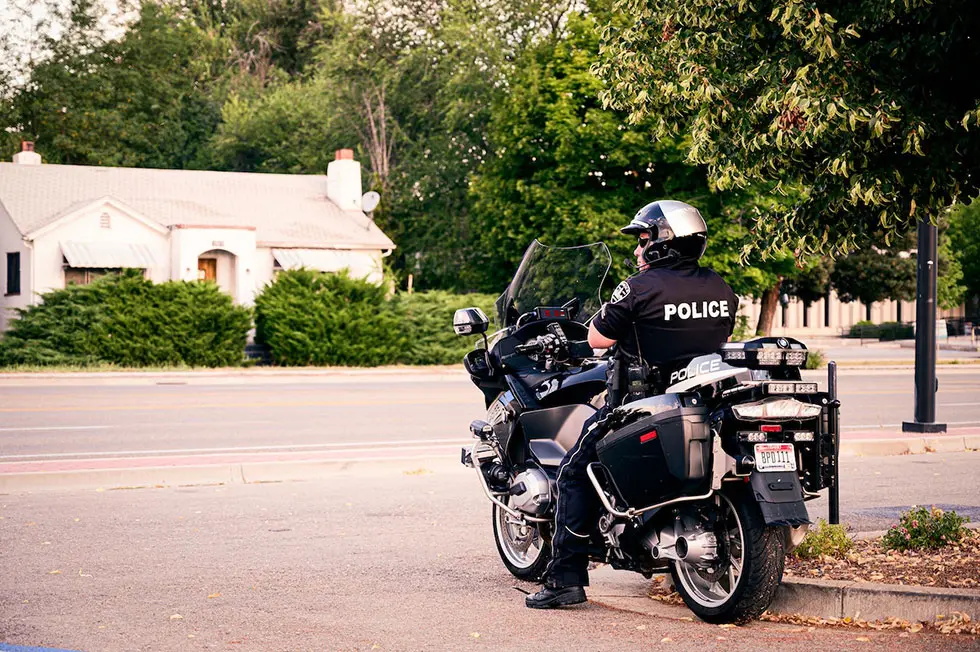
Every company is eager to hire because it means they’re growing. The existing team needs more support, and that’s a good thing. Companies thrive when their new hires are brought up to speed quickly.
Onboarding delays can be a drag on the organization, especially in large companies where hiring is more common. Let’s check out a few ways that employee ID cards help companies streamline the onboarding process.
Security verification
Knowing who’s who is easy for small, young companies that aren’t growing. The story changes the more divisions there are. The leading identification solution providers offer ID cards that verify who each employee is and grant them access to certain spaces based on their official work designation.
Companies need to make security tight but also efficient. They shouldn’t have to hire people to manually determine who is authorized to enter the building or specific rooms. ID cards make seamless access secure and seamless.
Companies can give new hires authorization to access their office while also maintaining control over limiting them from certain rooms or spaces.
Perks and Discounts
Some companies have specific policies granting senior employees certain perks or benefits. It could be discounts offered on certain products, limited access to a lounge in the building, or something else.
The onboarding process is easier when the card itself grants access since it leaves less room for errors or slips. Leaving enforcement to digital technology frees up other personnel to work somewhere they can be more effective.
Branding
New hires need to get accustomed to the company’s branding and culture, and part of that begins right when they get their ID card. Getting access to a company’s systems is an important connection, but producing eye-catching ID cards that reflect the company’s values and personality is also key.
Companies with an enlarged sense of self have a recognizable look in everything they produce, from advertising, in-house communications, and even their ID cards. Welcoming new employees means connecting them with the company’s aesthetic and branding, and choosing to make photo ID cards is the perfect start.
When they walk around town, people will see that they work for the company, a free and important form of advertising.
Data Encoding
Finally, ID cards can also be important multifunctional tools if companies choose to equip them with data encoding features, such as magnetic stripes, smart chips, barcodes, RFID technology that stores personal data, and more.
The applications are numerous and vital. For example, companies can use the ID card to measure attendance, as they can tell when employees enter and exit their office. Usually, HR would have to spend time explaining processes like how to punch in or out of work, but the ID card makes it simple and secure.
The phrase ID card might lead people to think of the low-tech cards of the past that just had someone’s face on them. Today’s ID cards are so advanced they can streamline onboarding and continue to play an important role afterwards.











